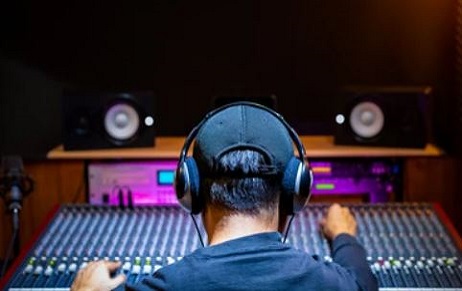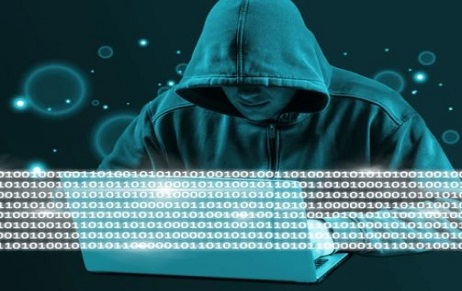IPR Protection of Electronic Platforms in the USA
In the modern era, technology has narrowed the borderlines between physical and digital plane of the global production system. The current pace of technological development has led to significant changes to the way people live and work all over the world. The Global Digital Reports released in January 2020, reported that more than 4.5 million people, which is equivalent to 60% of the world’s population, have used the internet and it is expected that the figures will increase continuously.
[Image Sources : Shutterstock]

The United States has been aware of the convergence between digital media and Intellectual Property Rights, that must be addressed in the legal framework. The United States had enacted the Digital Millennium Copyright Act (DMCA)[1]. President Bill Clinton also said that American copyrighted-based industries that produce and promote creative and high-technology products contribute more than $60 billion annually to the balance of the US trade.
The concepts entailed by DMCA are:
- Anti-circumvention: The act provides that a copyright owner can apply the Technological Protection Measure (TPM) to protect the copyrighted works from copy and unauthorized access to their works. The competent authorities shall provide the adequate legal protection and effective legal remedies against the circumvention of effective technological measures that are used by the authors in connection with the exercise of their guaranteed rights. The copyright owners can also embed the rights management information in their work to manage their rights in the digital realm. The ‘anti-circumvention’ prohibits a third party from acting in circumvention of TPM and rights management information.
- Safe Harbour: The DMCA aims to balance rights among the creators, operators of electronic systems and internet users. The Safe Harbour reflects the aim, particularly for electronic system operators. It is a set of conditions that allows electronic system providers to be ‘immune’ to liability for possible violations of copyright by taking certain specific steps to cooperate with copyright holders in enforcing the rights.
- Takedown Procedure: The act provides that once a service provider receives the information of infringing the copyright content, either through notification from the copyright holder or anyone on the owner’s behalf, the service provider must immediately remove the content to comply with the safe harbour rules. In the Act, there is no step in this procedure that requires the service provider to verify the status of the claimed copyrighted content. After the service provider notifies its customer that the material has been removed based on the DMCA takedown notification, the suspect who is alleged to upload the infringing content is permitted to submit a counter-notification by providing the information to defend the stand. The ‘Safe Harbour’ provision is seen as a bad precedent by many parties because it helps in determining the obligations but rejecting the accountability.
Conclusion
Technological developments have led to digitalization and affect human activities. Simultaneously, it encourages the convergence of concepts leading to the emergence of telematics law and challenges the traditional copyright law. This can also be observed in the digitalization of copyright objects which can be easily accessed through the internet. This convenience provides good benefits in terms of access but also increases the likelihood of breaches. The DMCA has merged the concept of copyright protection and the digital world. Netflix, as an OTT media, is subject to the US laws and the company has implemented a good practice in protecting the copyright objects by the procurement of the copyright objects through licenses from the rightful copyright holders. Therefore, the copyright laws related to digital media are advanced in the country.
[1] 112 Stat. 2860.
Author: Tanya Saraswat – a student of Narsee Monjee Institute of Management Studies (NMIMS), in case of any queries please contact/write back to us via email [email protected] or at IIPRD.



